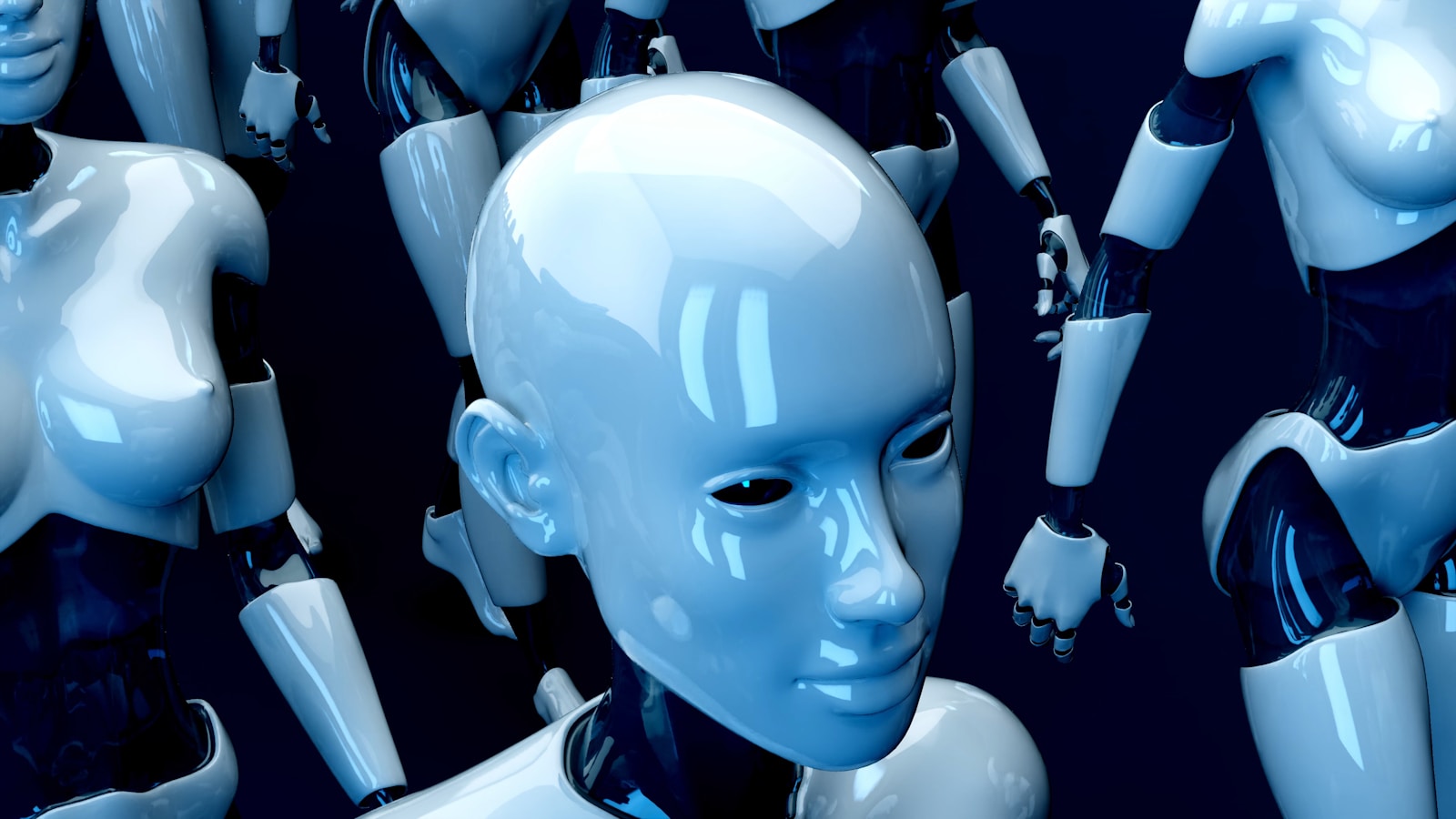In an increasingly dynamic business environment, organizations are seeking systems that can adapt, learn, and evolve in response to changing conditions. Self-adaptive decision systems (SADS) are at the forefront of this evolution, combining advanced AI and machine learning capabilities to create systems that optimize operations autonomously. These systems not only reduce the need for human intervention but also enhance decision-making processes by leveraging real-time data and predictive analytics.
What is a Self-Adaptive Decision System?
A self-adaptive decision system is an intelligent automation solution that adjusts its behavior based on:
- Historical Data: Learning from past performance to refine future actions.
- Real-Time Inputs: Adapting to current conditions and unforeseen variables.
- Predictive Models: Anticipating future trends and outcomes to make proactive decisions.
These systems continuously monitor their environment, analyze data, and implement changes without requiring manual oversight, making them invaluable in dynamic and complex scenarios.
The Benefits of Self-Adaptive Decision Systems
Self-adaptive decision systems offer numerous advantages, including:
- Enhanced Efficiency:
- Automates decision-making processes, reducing delays and improving response times.
- Optimizes resource allocation to ensure peak operational performance.
- Improved Accuracy:
- Utilizes AI to analyze data and reduce human errors in decision-making.
- Incorporates real-time feedback loops to refine and validate outcomes.
- Scalability:
- Adapts to changes in workload, scale, or complexity without requiring system redesigns.
- Cost Savings:
- Reduces reliance on human resources for routine decision-making tasks.
- Minimizes inefficiencies through proactive adjustments and continuous optimization.
Applications of Self-Adaptive Decision Systems
Self-adaptive decision systems are revolutionizing industries with their ability to adapt and evolve. Key applications include:
- Supply Chain Management:
- Dynamically adjusts inventory levels based on demand forecasts and supply chain disruptions.
- Optimizes routing and logistics to minimize costs and delivery times.
- Healthcare:
- Supports personalized treatment plans by analyzing patient data and predicting health outcomes.
- Enhances resource management in hospitals by adapting to patient inflows and emergencies.
- Finance:
- Identifies and mitigates risks in real time, such as detecting fraudulent transactions.
- Optimizes investment strategies using predictive analytics.
- Manufacturing:
- Adjusts production schedules and resource utilization based on machine performance and market demands.
- Reduces downtime by predicting maintenance needs.
- Customer Experience:
- Personalizes interactions by analyzing user behavior and preferences.
- Adapts marketing strategies in real-time to optimize engagement and conversions.
Challenges in Implementing Self-Adaptive Decision Systems
Despite their benefits, implementing SADS comes with challenges:
- Data Quality and Integration: Ensuring accurate and comprehensive data for effective decision-making.
- High Initial Costs: Developing and deploying SADS may require significant investments in technology and expertise.
- Ethical Considerations: Balancing automation with fairness and transparency in decisions.
- Resistance to Change: Encouraging organizational adoption and fostering trust in AI-driven systems.
The Future of Self-Adaptive Decision Systems
As AI and machine learning technologies continue to evolve, self-adaptive decision systems are poised to become even more powerful. Future advancements may include:
- Greater Autonomy: Systems that make increasingly complex decisions with minimal oversight.
- Enhanced Collaboration: Integration with other AI systems for comprehensive, multi-faceted decision-making.
- Human-AI Synergy: Tools that complement human decision-making by providing actionable insights and recommendations.
Conclusion
Self-adaptive decision systems represent a pivotal step toward smarter automation. By embracing these systems, businesses can achieve greater agility, efficiency, and resilience in the face of a rapidly changing world. If you’re ready to explore how self-adaptive decision systems can transform your operations, we invite you to fill out the form on our contact page. Let’s collaborate to build intelligent, future-ready solutions tailored to your needs.



